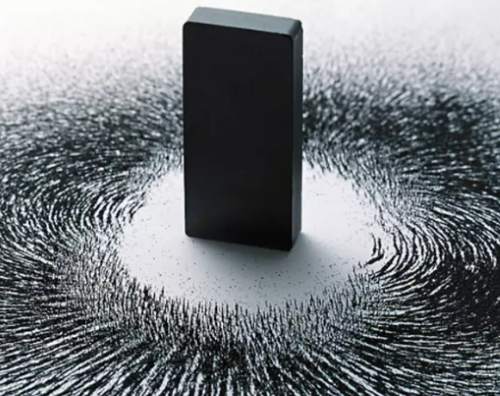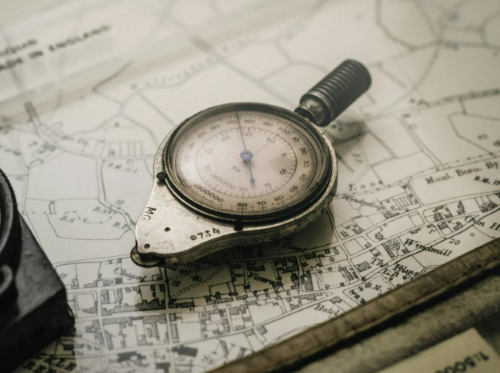How to Determine the Polarity of Magnets: 3 Simple Methods
Introduction
Magnet polarity is an essential concept in understanding magnetism and its applications. The polarity of a magnet refers to its two ends, or poles: the north and south. The north pole is where the magnetic field lines emerge, and the south pole is where they return.
Knowing a magnet’s polarity is crucial in fields like physics, engineering, and DIY projects, where precise alignment or orientation of magnets may be required. Here’s a guide to three straightforward methods to determine the polarity of a magnet:

1. Using a Compass
A compass is a quick and reliable way to determine a magnet’s polarity. Compasses contain a magnetized needle that aligns with Earth’s magnetic field, with the north end of the needle pointing toward the geographic North Pole. You can leverage this property to identify a magnet’s north and south poles.

Steps:
– Place the compass on a flat, non-metallic surface free from any other magnets or magnetic objects.
– Bring the magnet close to the compass, keeping one side near the needle.
– Observe the direction of the compass needle. The north end of the compass needle will be attracted to the south pole of the magnet, while the south end of the needle will be attracted to the magnet’s north pole.
This method is fast, accurate, and works well with different types of magnets, such as bar and disc magnets.
2. Hanging the Magnet with a String
If you don’t have a compass, you can make a simple magnet compass by suspending the magnet on a string. This method works best with bar magnets or long magnets that can easily balance on a string.
Steps:
– Tie a string around the center of the magnet, ensuring it’s secure.
– Suspend the magnet from the string and allow it to hang freely. Make sure the magnet can rotate without any obstructions.
– Wait for the magnet to come to rest. The end of the magnet that points north is its north pole, while the other end is the south pole.
Just like a compass, the magnet will align itself with Earth’s magnetic field. The north pole of the magnet will point toward the geographic North Pole. This method requires minimal materials and effectively demonstrates the magnet’s natural alignment with Earth’s magnetic field.
3. Floating the Magnet on Water
For small magnets, the floating method is a creative and fun way to identify polarity using household items and a container of water.
Steps:
– Cut a small piece of rubber and place the magnet on top, balancing it on the foam.
– Fill a shallow container with water and gently place the rubber with the magnet in the water. They should float freely.
– Watch as the magnet rotates. When it comes to rest, the north pole of the magnet will point toward geographic north, and the other end will be the south pole.
In water, the magnet is free to rotate without resistance, aligning itself with Earth’s magnetic field. This method is excellent for visual learning, especially for students or science demonstrations. It’s a simple, hands-on experiment that highlights how magnetic fields influence objects in a low-resistance environment.
Summary
These three methods – using a compass, hanging with a string, and floating on water – are easy and effective ways to determine the polarity of a magnet. Each method offers a unique approach and can be chosen based on the materials available. Whether for educational purposes or practical applications, knowing the polarity of a magnet enables you to use magnets more effectively and avoid mishaps in projects that require specific alignment. For more information, please check Stanford Magnets.